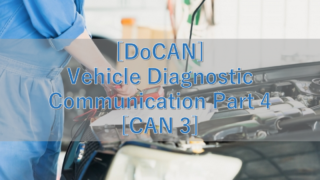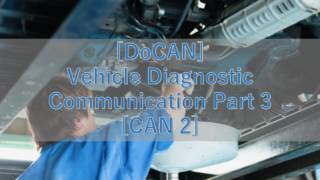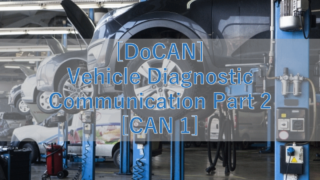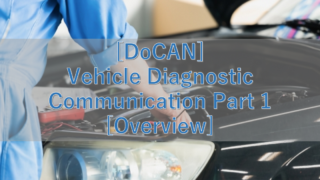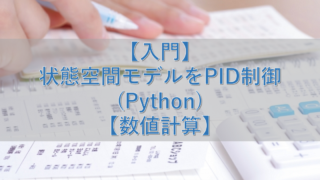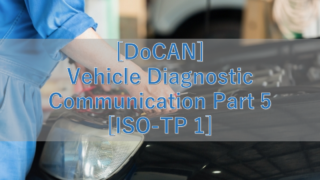 車両診断通信
車両診断通信 [DoCAN] Vehicle Diagnostic Communication Part 5 [ISO-TP 1]
There are physical addresses for one-to-one communication and functional addresses for one-to-many communication.
Physical and functional addresses are composed of four different addressing formats
The addressing formats consist of N_AI, N_TAtype, N_TA, N_SA, and N_AE.
However, they may or may not be used depending on the addressing format.
